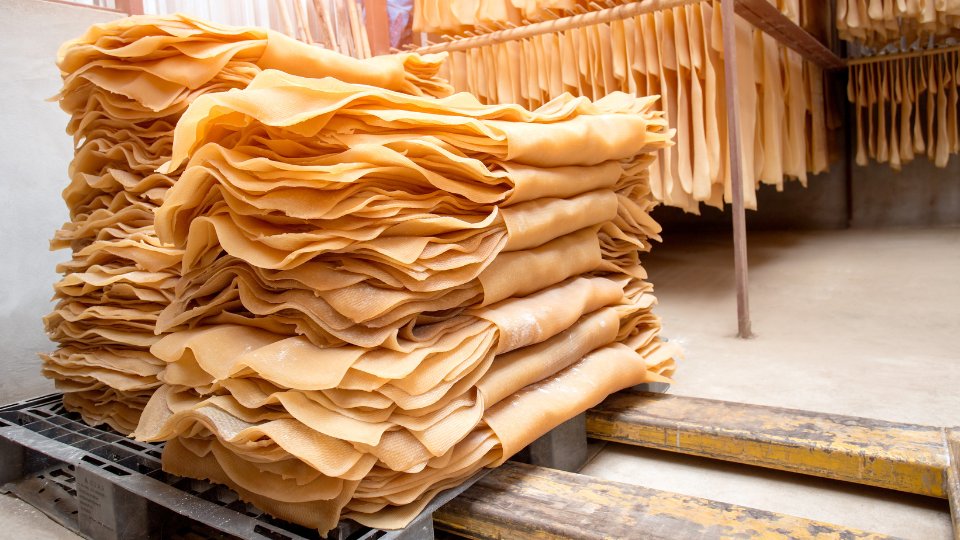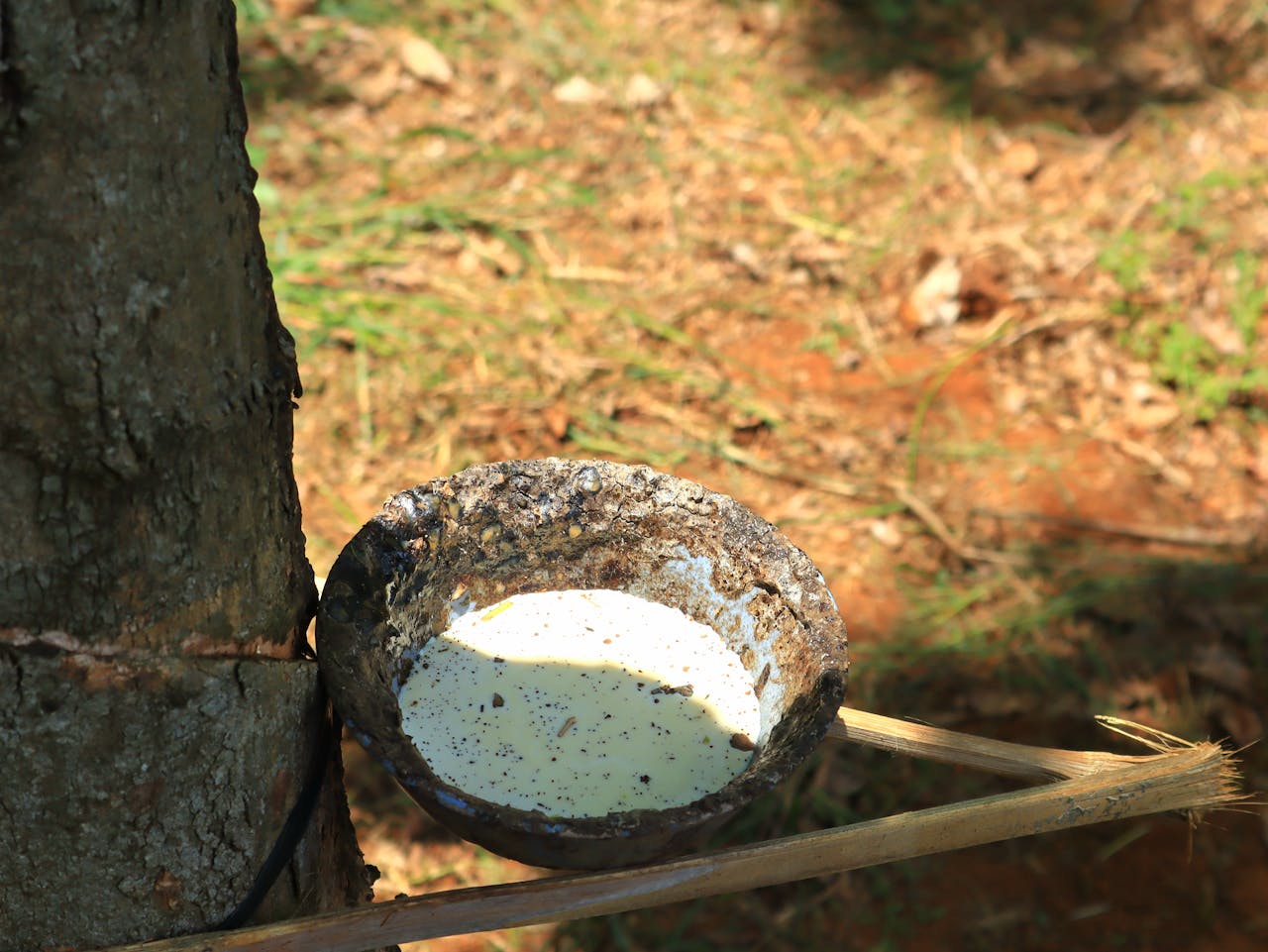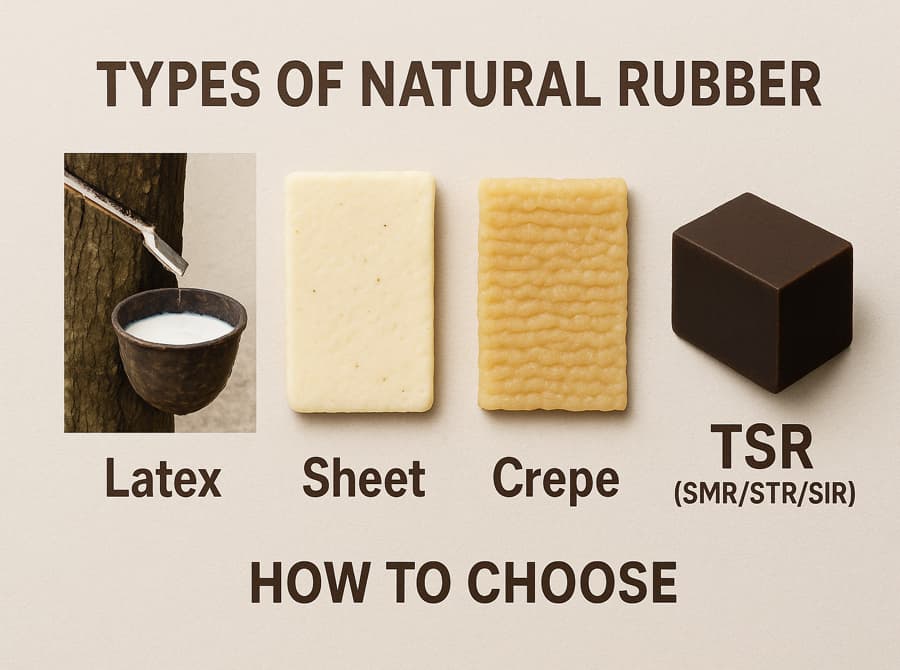Rubber material—whether natural or synthetic—offers a range of benefits unmatched by many other engineering materials. But to select and specify rubber well, you need to go beyond generic lists: understand how polymer structure, compounding, and standards convert into real performance. This article dives into those benefits with technical depth for engineers, procurement teams, and students.
Mechanical & Physical Strength
Elasticity & Flexibility
- Rubber can stretch many times its original length (often 300–700% elongation for many compounds) and recover due to its elastomeric polymer network (crosslinked chains). This is crucial in applications like vibration dampers, rubber seals, and gaskets.
- Resilience (ability to return energy) is high—important where bounce or recoil matters (e.g. springs, bumpers).
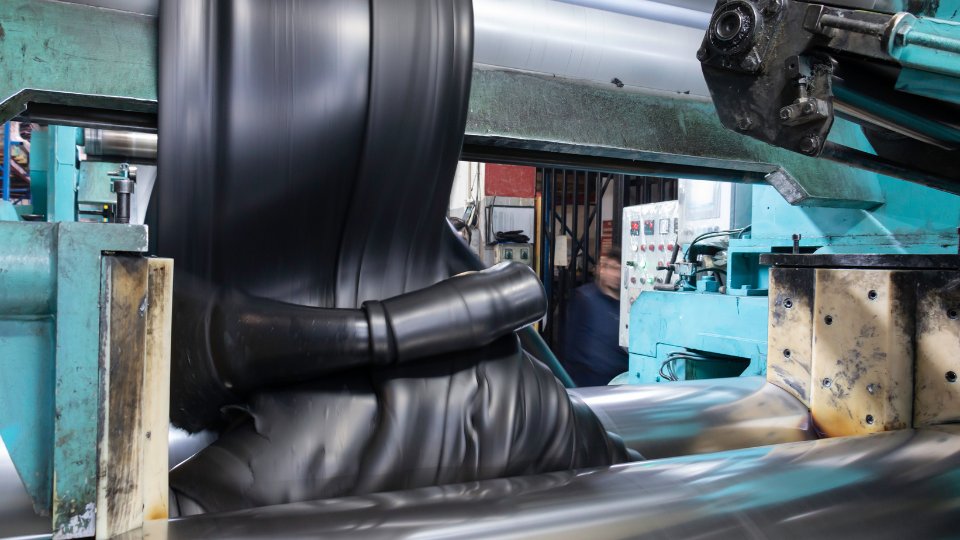
Tensile Strength, Elongation & Fatigue Resistance
- Tensile strength (per ASTM D412) often ranges from ~5 to 30 MPa depending on formulation, while fatigue life in cyclic loading is enhanced by proper filler (e.g. carbon black, silica) and good mixing practice.
- Long-term cyclic loading (e.g., in tires, belts) demands attention to compression set and compression loss.
Hardness & Compression Set Behavior
- Hardness (Shore A, D or IRHD via ASTM D2240 / ISO 48-4) defines wear, load bearing; softer rubbers flex more, harder ones resist deformation.
- Compression set (ability to maintain shape under load over time) important for gaskets/seals; poor set means leaks or loss of sealing.
Chemical & Environmental Resistance
Oils, Fuels, Acids, Alkalis
- Specific rubbers like NBR, FKM, CR are formulated to resist hydrocarbons, acids or bases. Knowing chemical exposure levels, temperature & duration is essential for selecting the right compound.
Weather, Ozone, UV, Steam, Moisture
- Natural rubber is strong in many respects but vulnerable to ozone & UV unless protected (antiozonants/waxes). EPDM, silicone excel outdoors and under steam.
- Moisture and humidity can degrade some rubbers if additives are inadequate.
Temperature Range (Low & High)
- Some synthetic rubbers operate at sub-zero temperatures (e.g. down to −40 °C or lower) without cracking; others tolerate high continuous temp (e.g. FKM up to ~250-300 °C in some grades). Matches depend on compound, filler, cure system.
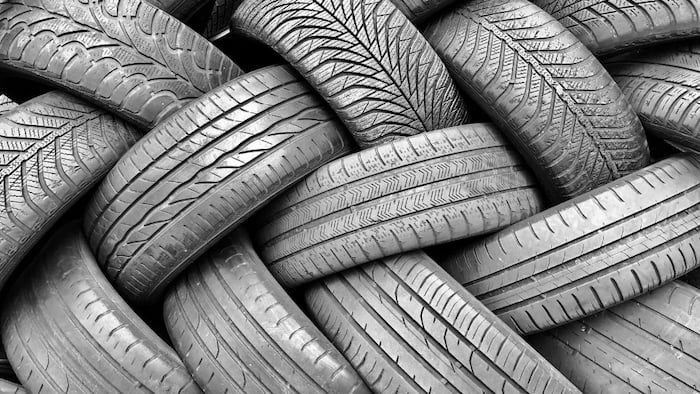
Insulation, Dampening & Sealing
Electrical Insulation
- Many rubbers are dielectric; useful values of dielectric strength may exceed 500-1000 V/mm in good grades. Suitable for wire insulation, gloves.
Vibration & Shock Absorption
- Rubber effectively dissipates energy; used in engine mounts, isolation pads. Damping improves with certain blends (soft hardness + high resilience).
Sealing & Impermeability
- Well compounded rubber can seal fluids/gases; tight tolerances on compression set, hardness, chemical resistance, dimensional stability all matter.
- Water resistance, gas permeability low in certain rubbers (e.g. butyl types, fluoroelastomers).
Durability, Lifespan & Lifecycle
Abrasion & Wear Resistance
- Reinforced rubbers resist surface wear; tire treads, belt surfaces use compounds with high carbon black content or silica to extend life.
Aging: Oxidation, UV, Ozone
- Over time, oxygen, ozone, heat degrade rubber. Proper compounding (antioxidants, antiozonants) delays this. Lab aging tests exist; real-world exposure matters.
Maintenance & Lifecycle Costs
- Rubber parts are often lower total cost of ownership because replacements are less frequent if selected appropriately. But cost trade-offs must consider environmental exposure, chemical exposures, temperature, etc.
Safety, Regulatory & Biocompatibility
Standards & Compliance
- If used in food, medical, or water systems, rubber must meet FDA, REACH, NSF, NSF/ANSI, or equivalent norms. Use documented grades (e.g. silicone or EPDM food-grade).
Latex Allergens & Toxicity
- Natural latex has allergenic proteins; synthetic alternatives or low-protein latex used where needed. Also ensure the compound doesn’t leach hazardous chemicals.
Emissions, Smell & Odor Control
- Volatile organic compounds (VOCs), extractables/volatile matter in rubber matter—especially for indoor applications.
Sustainability, Recyclability & Supply
Renewability & Environmental Impact
- Natural rubber is harvested from trees, which sequester carbon; synthetic rubber relies on petrochemicals. Both have ecological footprints; production practices (rubber plantations, sustainable forestry) make a difference.
Recycling & Devulcanization
- Many rubbers (e.g. tires) are recycled—mechanical grinding or devulcanization processes are gaining maturity. Rubber reclaim used in many products.
Supply Chain Risks & Cost Implications
- Natural rubber supply can experience volatility (weather/climate, pests, labor); synthetic rubber prices affected by petrochemical costs. Procurement should consider alternate sources, grade flexibility.
Trade-offs & When Rubber May Not Be Ideal
| Situation | Consider Alternatives or Enhanced Rubbers |
|---|---|
| Very high temperature (> 300 °C) continuous exposure | Use high-temperature fluoroelastomers or ceramics/metals |
| Strong exposure to specific aggressive chemicals | Select specialty grades (FKM etc.) or non-rubber linings |
| Frequent exposure to ozone/UV without protection | Use EPDM / silicone or include antiozonants |
| Extremely low cost priority & low performance needs | Consider plastics/composites with protective coatings |
Practical Selection Checklist
- Specify required mechanical data: tensile, elongation, hardness, compression set, fatigue life
- Define chemical, environmental exposure (temp/UV/oils/etc.)
- Ask for test reports: ASTM D412, ASTM D2240 / ISO 48-4, other aging tests
- Confirm regulatory requirement (food/medical/indoor)
- Consider lifecycle: durability, maintenance, recyclability
Conclusion
Rubber material offers a compelling combination of elasticity, durability, resistance, insulation and sealing, safety, and sustainability. But to fully capture its benefits, specify visible technical properties aligned with your use-case. The right rubber type and compounding can mean the difference between a product that fails early and one that delivers consistent, safe, and long life.
FAQ
- Is rubber suitable for high temperature environments? Yes, certain synthetic grades (e.g. FKM) can handle high continuous temperature, but natural rubber degrades faster at elevated heat — check supplier data.
- Can rubber be recycled effectively? Yes, especially tires and large rubber parts; reclaim and devulcanization are improving, though some types are harder to recycle.
- Does rubber resist chemical exposure? Depends on the type: oils/hydrocarbons → NBR/FKM; ozone/UV → EPDM/silicone; acids/bases need specific compound choices.
